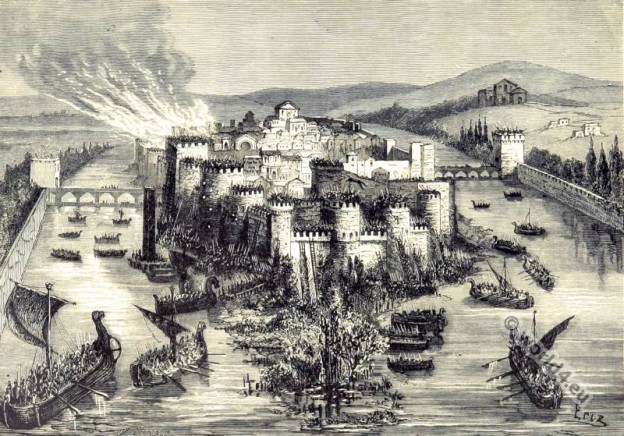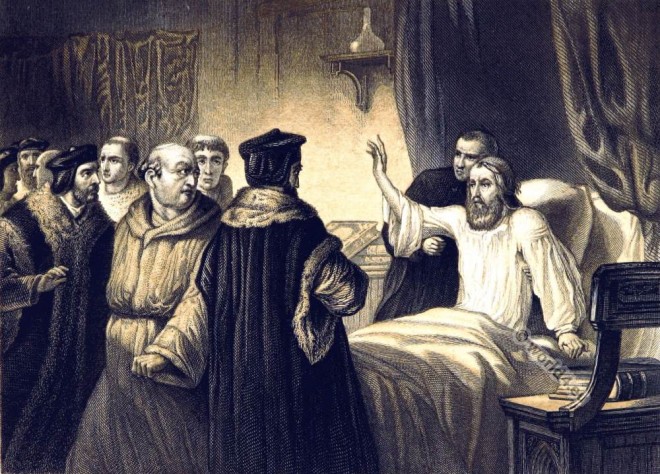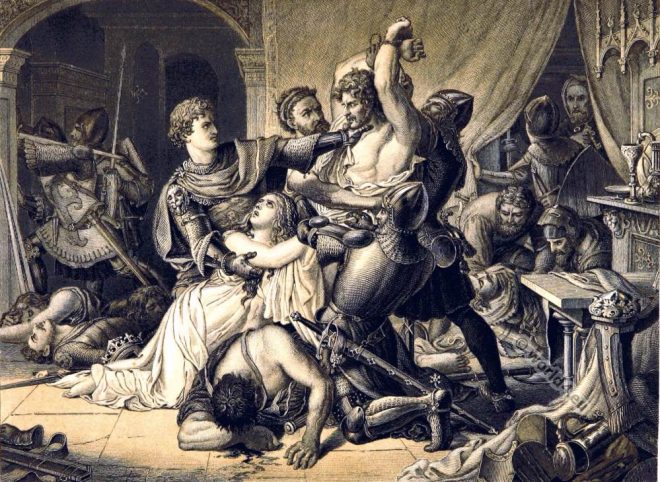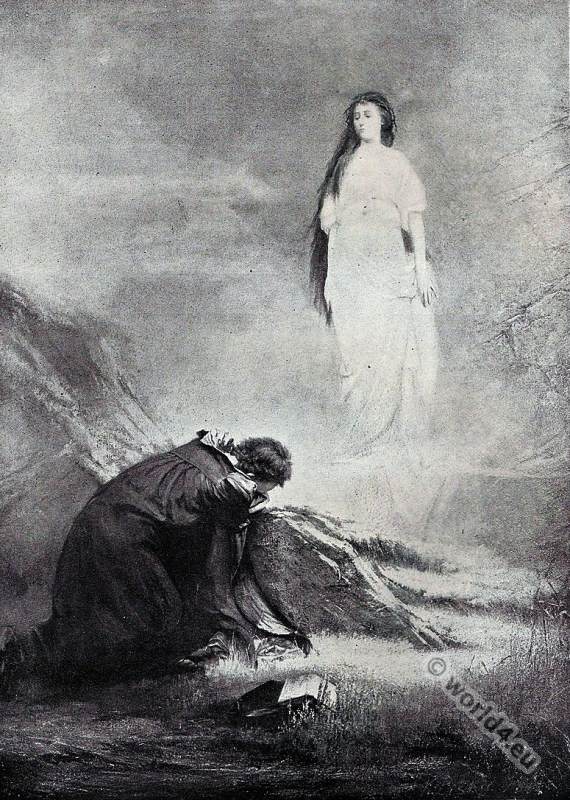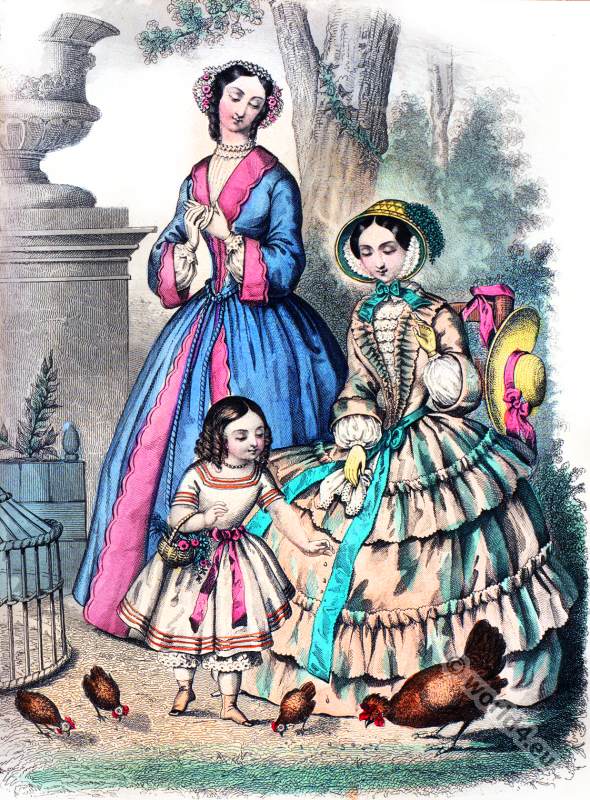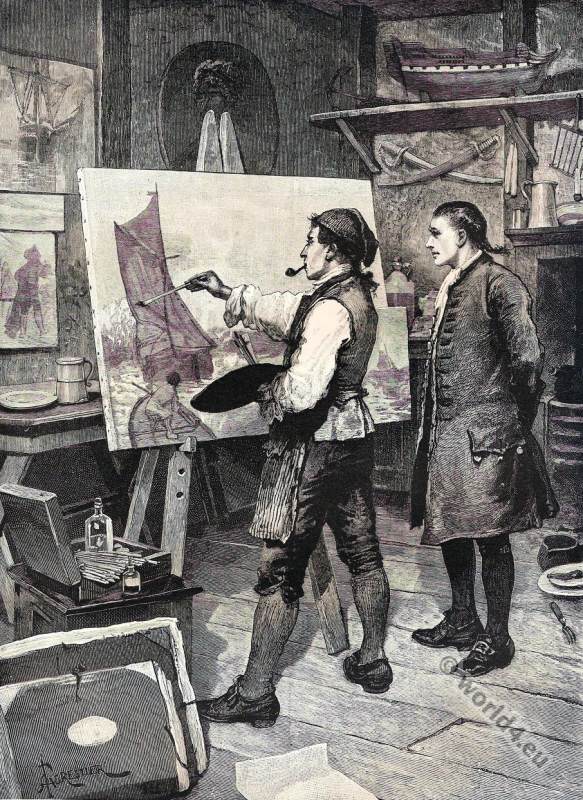Siege and attack on Paris by Vikings. Invasion des Normands en 845.
Category: England
Period Costumes and Fashion from England, Regency, Empire, Georgian, Directory, Victorian and Tudor dresses.
John Wycliffe (1330-1384) and the Dawn of the Reformation.
John Wyclif, also Wicklyf, Wicliffe, Wiclef, Wycliff, Wycliffe, called Doctor evangelicus, was an English philosopher, theologian and church reformer.
Roger Mortimer, 1st Earl of March. English magnate, military and rebel.
Roger Mortimer, 1st Earl of March was an English magnate, military and rebel. After the fall of King Edward II in 1326, he was the real regent of England until he himself was overthrown and executed in 1330.
Crinoline costumes by Mad. Debaizieux. Romantic era 1850.
Dresses by Mad. Debaizieux. La Mode 1850.
The Battle of Hastings. The Norman Conquest, 11th c.
This important battle was fought about nine miles from Hastings, in Sussex, upon the 14th day of October, being Saturday, the year of our Lord 1066.
Alfred the Great. King of the West Saxons. The first English king.
Alfred was not called “the Great” until the Reformation in the 16th century. He is the only king in English history to have received this byname.
The shields of the Gauls. Clans in the Roman Empire.
Shields of Gallic, British, German and Iberian auxiliary Regiments. Clans in the Roman Empire. The shields of the Gauls. The Scottish Gaël; or, Celtic Manners
Manfred by Lord Byron. English Romanticism.
Manfred is the title of a dramatic poem by Lord Byron. It is one of the most important work of the whole romantic era.
Romantic era crinoline fashion. La Mode 1850.
Crinoline fashion. La Mode 1850.
Walter Besant. The World Went Very Well Then. John Brooking’s Studio.
Sir Walter Besant (1836-1901) was an English social reformer, freemason and writer who drew attention mainly on the urban mass poverty. In addition to essays and historical essays he wrote numerous novels.

